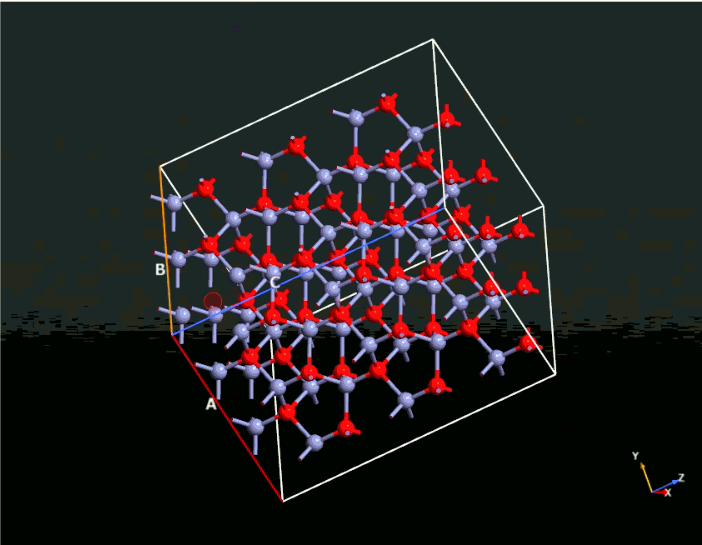
Density Functional Theory and Ab-Initio Calculations: A Gateway to Quantum Chemistry
Introduction
Density Functional Theory (DFT) has revolutionized the field of quantum chemistry and material science, providing a robust framework for understanding the electronic structure of atoms, molecules, and solids. It serves as a cornerstone for ab-initio calculations, which are computations performed from first principles without empirical parameters. This article delves into the fundamentals of DFT, its significance, and its relationship with ab-initio calculations.
Understanding Density Functional Theory
DFT is a quantum mechanical model used to investigate the electronic structure of many-body systems. The theory is grounded in the Hohenberg-Kohn theorems, which assert that:
The electron density uniquely determines the ground-state properties of a system, meaning all properties can be derived from the electron density.
A universal functional of the electron density exists, which, when minimized, gives the ground-state energy of the system.
The practical implementation of DFT revolves around solving the Kohn-Sham equations, a set of self-consistent field equations that approximate the many-electron problem by using a system of non-interacting electrons moving in an effective potential. This effective potential includes the external potential, the Coulomb (Hartree) potential, and the exchange-correlation potential, the latter of which accounts for the complex many-body interactions.
The Role of Exchange-Correlation Functionals
A pivotal aspect of DFT is the exchange-correlation functional, which encapsulates the quantum mechanical effects of electron exchange and correlation. Several approximations are commonly used for this functional, including:
Local Density Approximation (LDA): Assumes the exchange-correlation energy is a function of the local electron density.
Generalized Gradient Approximation (GGA): Considers both the local density and its gradient, providing improved accuracy over LDA.
Hybrid Functionals: Incorporate a portion of exact exchange from Hartree-Fock theory with DFT exchange-correlation, offering a balance between accuracy and computational cost.
Ab-Initio Calculations: From First Principles
Ab-initio calculations are performed based on fundamental physical constants without empirical parameters. In the context of DFT, ab-initio methods involve the direct computation of electronic properties using quantum mechanical principles.
Key Steps in Ab-Initio DFT Calculations
Initialization: Define the atomic positions, basis set, and initial guess for the electron density.
Self-Consistent Field (SCF) Cycle: Iteratively solve the Kohn-Sham equations to find the electron density that minimizes the total energy.
Post-Processing: Analyze the resulting electron density, total energy, and other derived properties such as band structure, density of states, and vibrational frequencies.
Applications of DFT and Ab-Initio Calculations
DFT and ab-initio methods are extensively used across various fields, including:
Material Science: Investigating the electronic, optical, and mechanical properties of materials, predicting new materials with desirable characteristics.
Chemistry: Understanding reaction mechanisms, catalysis, and designing novel molecules with specific properties.
Physics: Exploring the fundamental properties of solids, surfaces, and interfaces.
Case Studies
Catalysis: DFT has been instrumental in elucidating the active sites and reaction pathways in heterogeneous catalysts, aiding the design of more efficient catalysts.
Energy Materials: Ab-initio DFT calculations are crucial in the development of battery materials, photovoltaic cells, and superconductors by predicting their performance and stability.
Challenges and Future Directions
Despite its success, DFT has limitations, such as the accuracy of exchange-correlation functionals and the computational cost for large systems. Ongoing research focuses on developing more accurate functionals and efficient algorithms to extend the applicability of DFT to increasingly complex systems.
Conclusion
Density Functional Theory, in conjunction with ab-initio calculations, provides a powerful toolkit for exploring the quantum mechanical properties of matter. Its impact on science and technology is profound, enabling advancements in materials design, chemistry, and fundamental physics. As computational methods and resources continue to evolve, DFT and ab-initio approaches will undoubtedly remain at the forefront of scientific discovery.